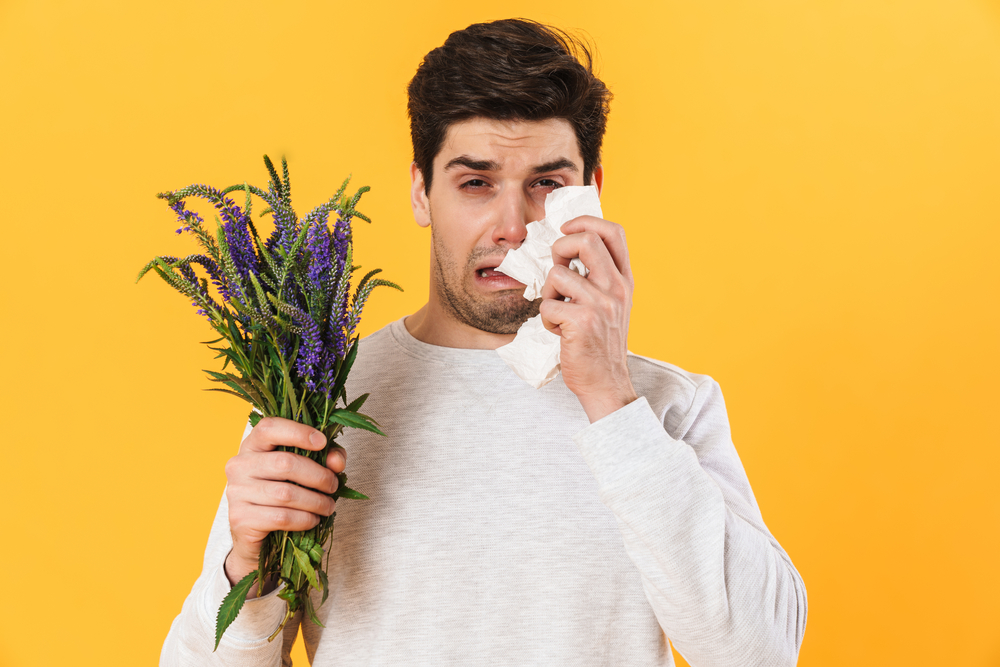Although the weather is nice outside, summer can trigger certain allergies. To avoid putting a damper on activities with wheezing and sneezing, keep the following tips in mind whether indoors or outdoors this summer season.
1. Fruit isn’t always a sweet treat. Certain fruits – such as apples, bananas, peaches, and plums – can create symptoms similar to those caused by grass or tree pollens. If you are sensitive to allergy triggers, place the fruit in the microwave for 10 seconds to deactivate the proteins and avoid eating the peel.
2. Cleanliness isn’t always next to godliness. Some exposure to dirt and germs can be a good thing for your immune system, as it will help strengthen it. When cleaning your home, use non-toxic cleaners. Also, remove excess books, magazines, and other forms of clutter from your bedroom so dust doesn’t accumulate.
3. Old pillows should be tossed. If you’ve had a pillow for longer than three years and it has never been washed, you may notice that it weighs more now than it did back then. This is because the pillow now contains dust mites, drool residue, pollen, hair strands, etc. Hypoallergenic pillows are the best choice, especially when they have a zippered protector case. Wash the zippered cover every three weeks, wash the pillow every three months, or replace it every three years if you don’t want to wash it.
4. Limit your exposure to pets. Certain dog breeds are hypoallergenic, such as Poodles, Labradoodles, and Yorkshire terriers. If you have pets, don’t allow them inside of the bedroom if they usually stay outside and wash your hands and arms after playing with them.
5. Clean carpets and rugs. Shake out and vacuum rugs regularly, and make sure your vacuum has a HEPA filter. These filters capture up to 99.97% of microscopic airborne particles, such as dust, pollen, and pet dander.
 843.773.2821
843.773.2821 843.773.2822
843.773.2822
